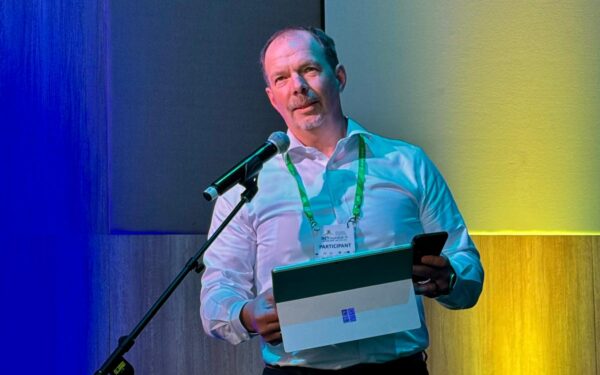Two mountains and an Aboriginal reserve surround the Upper Squamish Valley in British Columbia. Despite being an hour away from Vancouver, the small community only recently came online.
Two mountains and an Aboriginal reserve surround the Upper Squamish Valley in British Columbia. Despite being an hour away from Vancouver, the small community only recently came online.
“We actually had zero connectivity to the outside world,” said Ellie Scott, director of the Ashlu Creek Foundation. “There were no lines that came to us. We didn’t have cable or cell phones, even our land line telephones were over a radio phone system and we definitely didn’t have any Internet.”
Satellites were the only way for residents to connect to the Internet. But Scott says they were expensive, unreliable and problematic during the winter months. As a result, only a few residents owned satellite dishes, and the rest of the community remained offline.
This kept the Upper Squamish Valley disconnected and sparked concerns of public safety. Dense forest and the temperamental Squamish River put the residents at risk of wildfires and floods.
Mainstream internet service providers refused to provide Internet infrastructure, so the Ashlu Creek Foundation installed the equipment themselves through a grant from the CIRA Community Investment Program.
“Telus and Rogers refused to provide us with service because there weren’t enough subscribers to offset the cost of the initial infrastructure investment. Because we own the equipment ourselves, we’re paying less for an equally good, if not better, signal.”
The CIP grant helped the foundation install towers perched on cliffs, providing a line of sight between the Upper Squamish Valley and the nearest town, which is 20 miles away through rugged terrain.
This improved signal strength led to an increase in user data usage from an average 10 gigabyte to as much as 250 gigabyte per month.
Scott says this has resulted in more people working from home and an increase in property values. The connection has also made it easier for residents to connect with each other through a website and Facebook page.
The recent Elaho wild fire provides an example of how Internet connectivity has improved public safety.
The Elaho wild fire burned for two and a half months just a few miles from the Upper Squamish Valley.
“It was so smoky out here some days you couldn’t even see your backyard, and we realized that we had zero fire protection in place,” Scott said.
“Thanks to our new communication tools, we were prompted by the provincial forest fire department to get together and have a few fire meetings. They helped us brainstorm fire protection programs which we will be working on next summer.”
The community also uses these tools during floods, and it soon hopes to install a sensor to stream data to the community website to alert residents when the bridge and only access road is at risk of flooding.
Besides emergencies, residents have also rallied around these communications to further foster community in the small town.
Since the Community Investment Project has helped us install Internet, I’d say around 90% of our community is not only online, but also connected to our community website and Facebook page. It’s amazing how affordable and easy it is for everyone to have Internet. And instead of having cell phones, it provides a channel to contact everyone easily.





